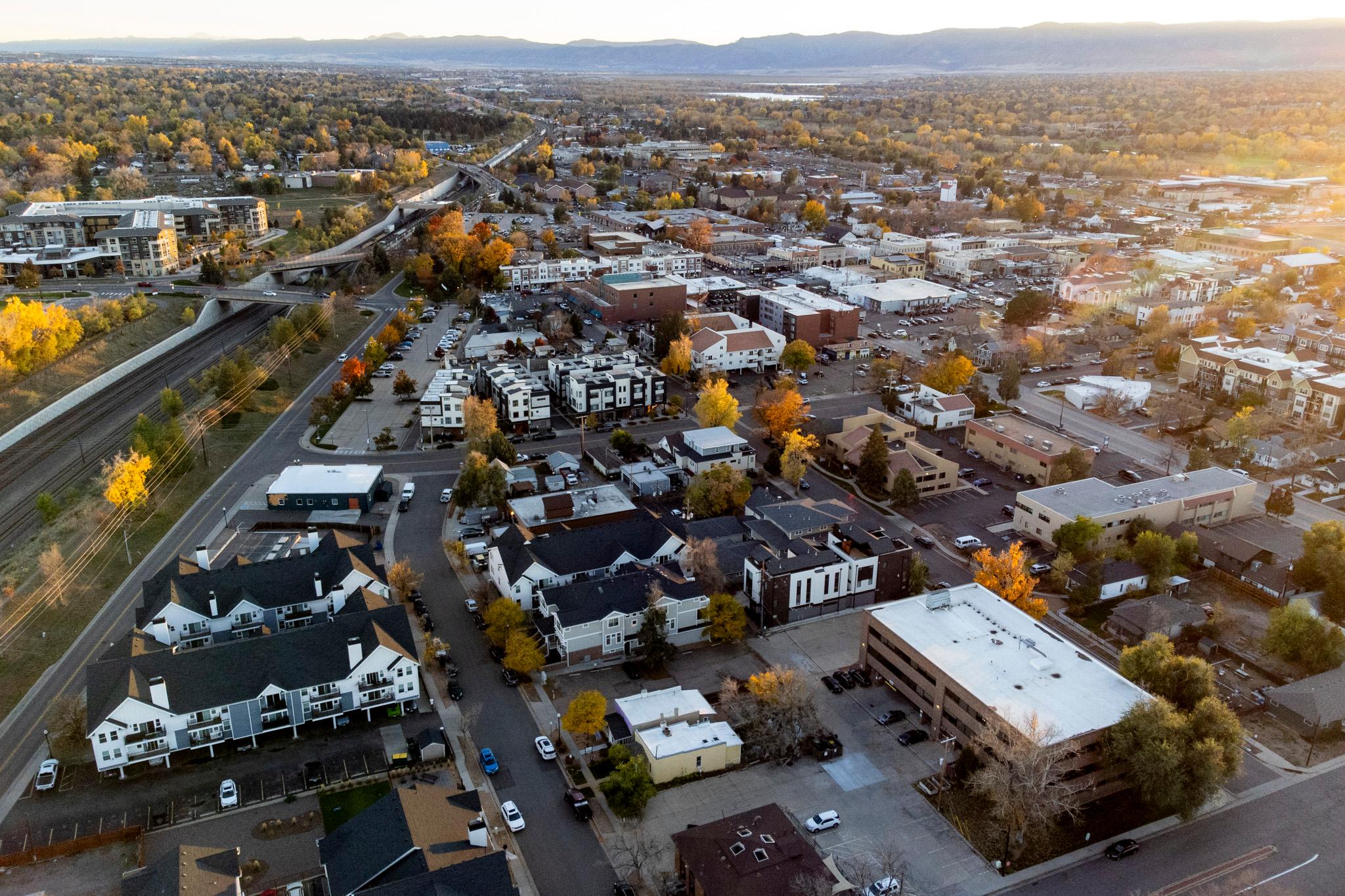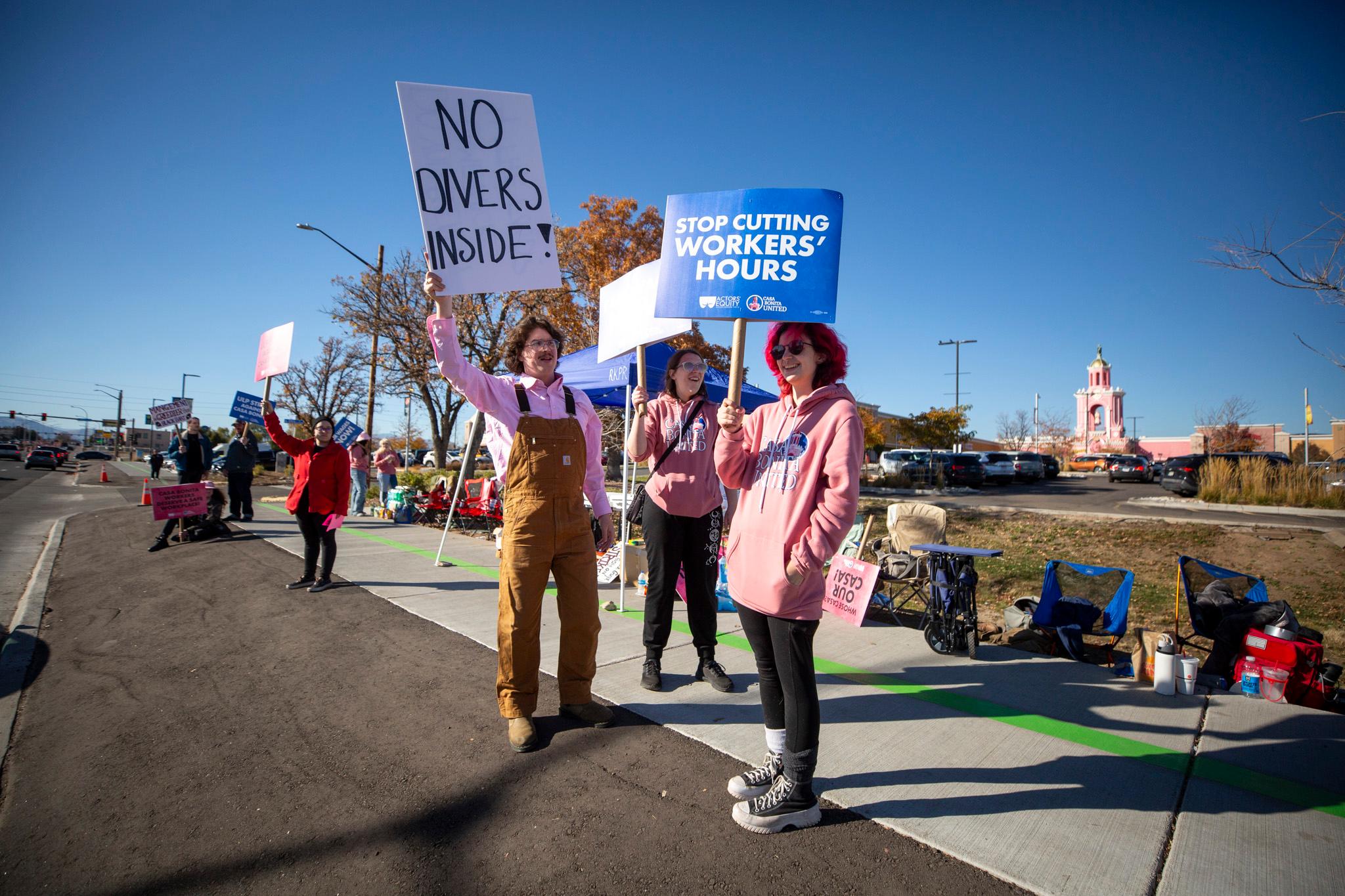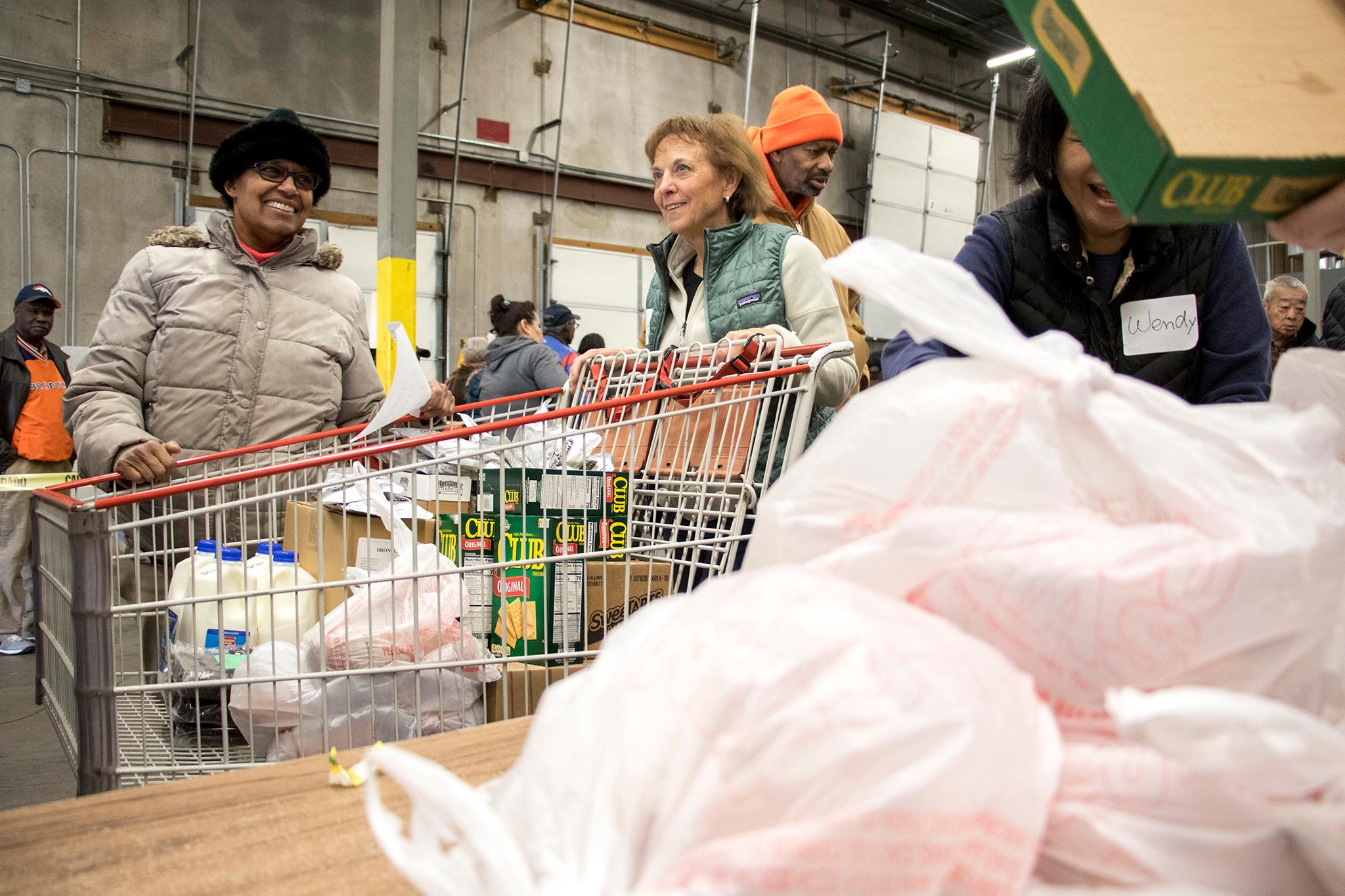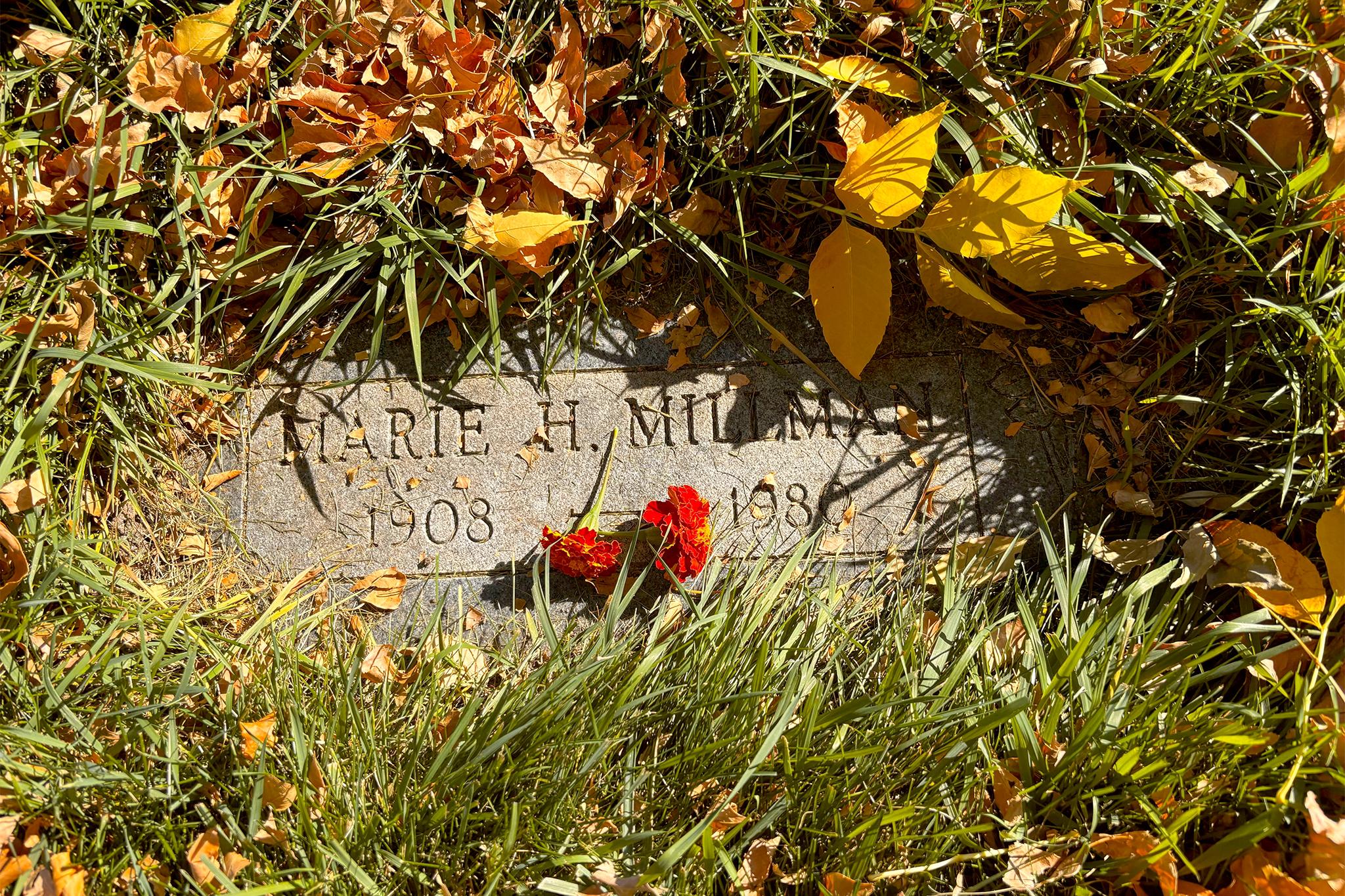Denver Mayor Michael Hancock said his administration will reduce speed limits on five roads and make other street fixes during a Wednesday press conference meant to highlight the government's response to the consistent scourge of traffic deaths on city streets.
As of Wednesday, 49 people have died walking, biking, driving and motorcycling in Denver this year, according to local officials. Seattle, a denser city with a similar population, saw 14 people killed in traffic all of last year.
In the wake of two high-profile deaths of people on bikes, Hancock labeled Denver's traffic death count a "public health crisis."
"Our culture is shifting," Hancock said. "We are an automobile culture that is changing to a more multimodal culture and all of us have to have to get on board with that. I know culture change is hard. We are creatures of habit, but the reality is is that we've got to get -- we've got to share our roads ... we all have to begin to shift and be more aware."
Over the next few months, the city will lower the speed limit:
- from 35 to 30 mph on West Evans Avenue from Federal Boulevard to Huron Street
- from 35 to 30 mph on Cherry Creek Drive South from University Boulevard to Colorado Boulevards
- from 35 to 30 mph on First Avenue/Steele Street/Cherry Creek Drive North/Alameda Avenue from University Boulevard to Colorado Boulevard
- from 40 to 35 mph on Peoria Street from 47th Avenue to 39th Avenue
- from 45 to 40 mph on 56th Avenue from Quebec Street to Tower Road
Denver police will also up speeding enforcement in risky areas for pedestrians and add six officers to its enforcement team.
Lowering speed limits can help make streets safer, but these speed limits are still deadly. Plus, street design is key.
Pedestrians still have a 73 percent chance of dying or suffering a life-changing injury when getting struck at 40 mph, according to the city's Vision Zero Action Plan, a manual for ending deadly crashes. A 30 mph crash carries a 40 percent likelihood of death or serious injury. Speed played a major role in more than half of Denver's traffic deaths in 2015.
Lower speed limits -- new signs and some enforcement -- can make streets safer, according to the Governors Highway Safety Association. But street design -- slimmer roads, more bike facilities, and highly visible crosswalks -- dictate driving speeds, according to the National Association of Transportation Officials.
"Advocates, neighbors and businesses can speak up and say yes to reorganizing our streets," said Denver Streets Partnership member and Bicycle Colorado policy director Piep van Heuven, "because the safety for our coworkers, our families and neighbors and kids is more important than speeding to get where you're going faster, driving distracted, sending a text, making a call, or blocking traffic or bike lanes."
The city has no immediate plans to lower speed limits on some of its deadliest streets, like Federal Boulevard, Colorado Boulevard, Colfax Avenue and others that double as state highways owned by the Colorado Department of Transportation. That change will take "additional discussions" with CDOT, Denver Public Works Executive Director Eulois Cleckley said. CDOT had not return requests for comment at the time of publishing.
Van Heuven thanked Hancock for the changes, noting that this year's crash victims include low-income residents, older adults, children and vulnerable street users like pedestrians and bicyclists. She also called on the Denver City Council to lower speed limits on neighborhood streets and ban right turns on red.
At least one safe streets advocate says a 5 mph dip is a "half step."
Rob Toftness spends much of his free time volunteering to organize events and push policymakers for better biking and walking infrastructure. He welcomes the speed limit reduction but says it's not enough.
"I don't think it's enough, obviously," Toftness said. "Five streets and 5 miles an hour is peanuts. Any reduction is an improvement but this seems like a half step."
Tofteness also took issue with the mayor calling the problem a shared responsibility, saying that driver behavior and government-owned streets designed for speed are the greatest threat to safety.
New speed limits aren't the only things Denverites can expect over the next few months.
Denver Public Works representatives said it will install the following over the summer and fall:
- In-street pedestrian crossing signs at 10 locations
- High-visibility crosswalks throughout downtown
- Stronger barriers to buffer people biking from cars on the 15th Street and Larimer Street bike lanes
- Five signs alerting drivers of their speed in real time
Meanwhile, Denver is on track to have one of its worst years for traffic deaths in recent memory.
"Every year we start the year excited about the possibility of improving those numbers," Hancock said. "And this will not be one of them."













